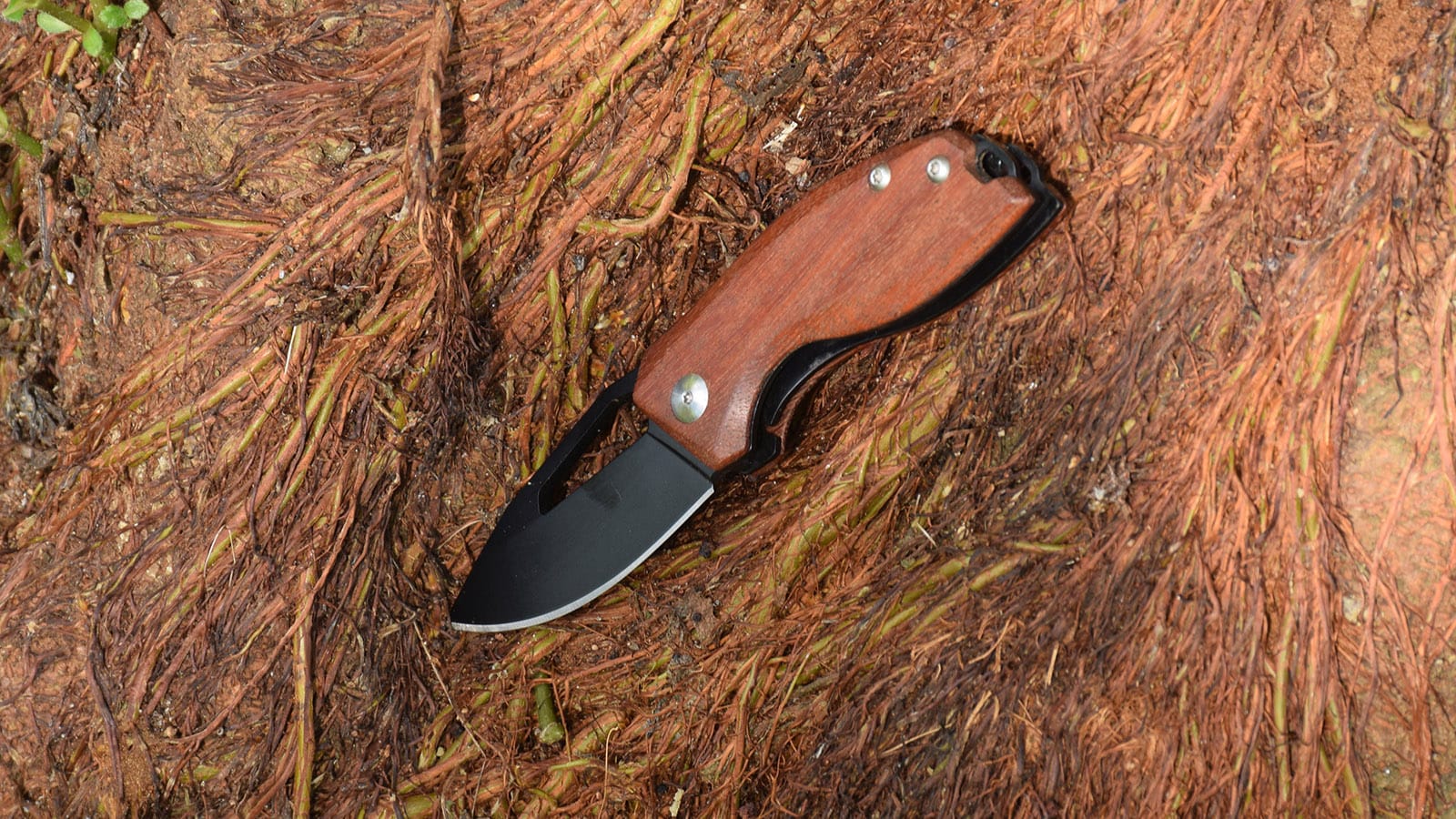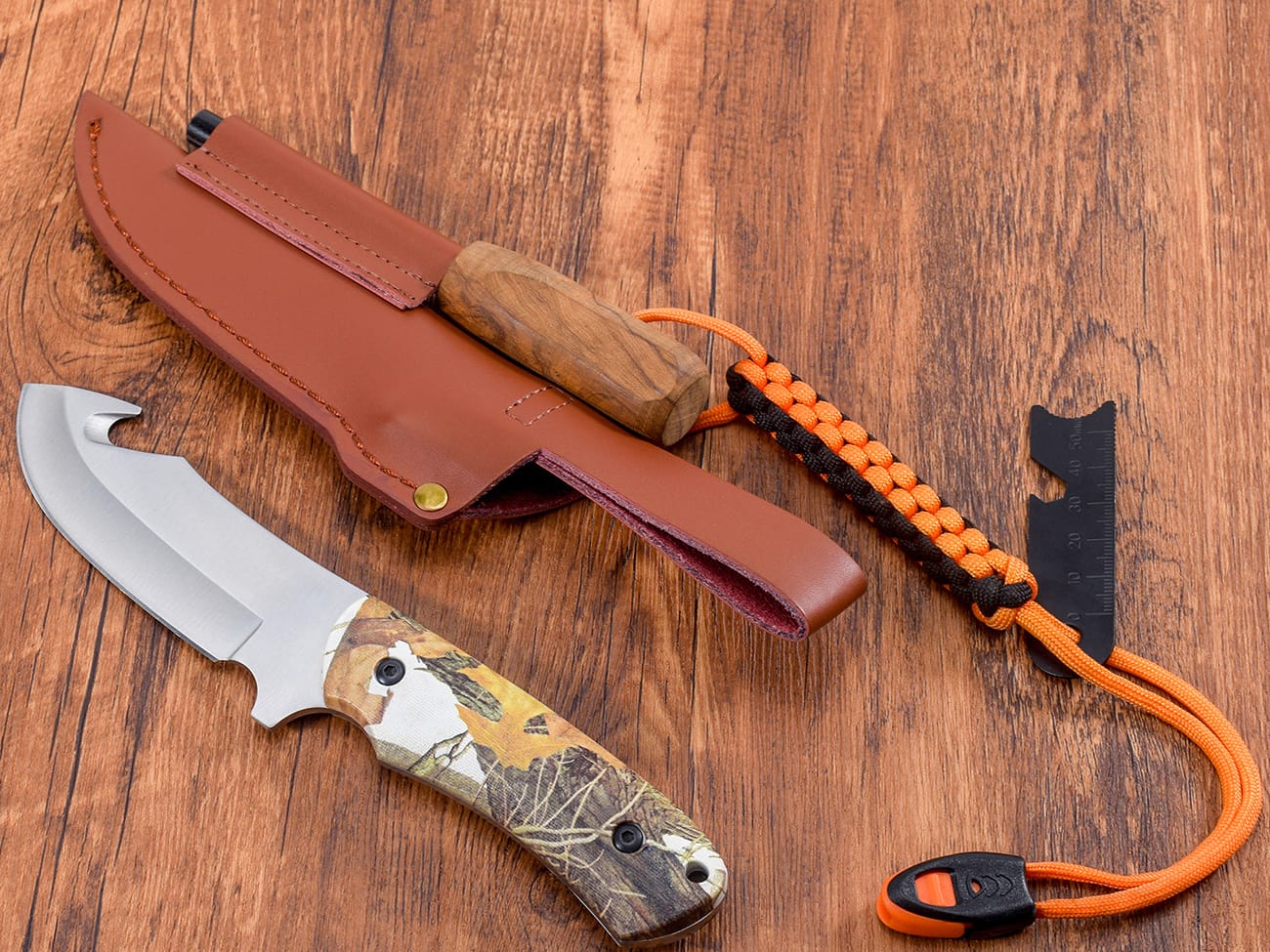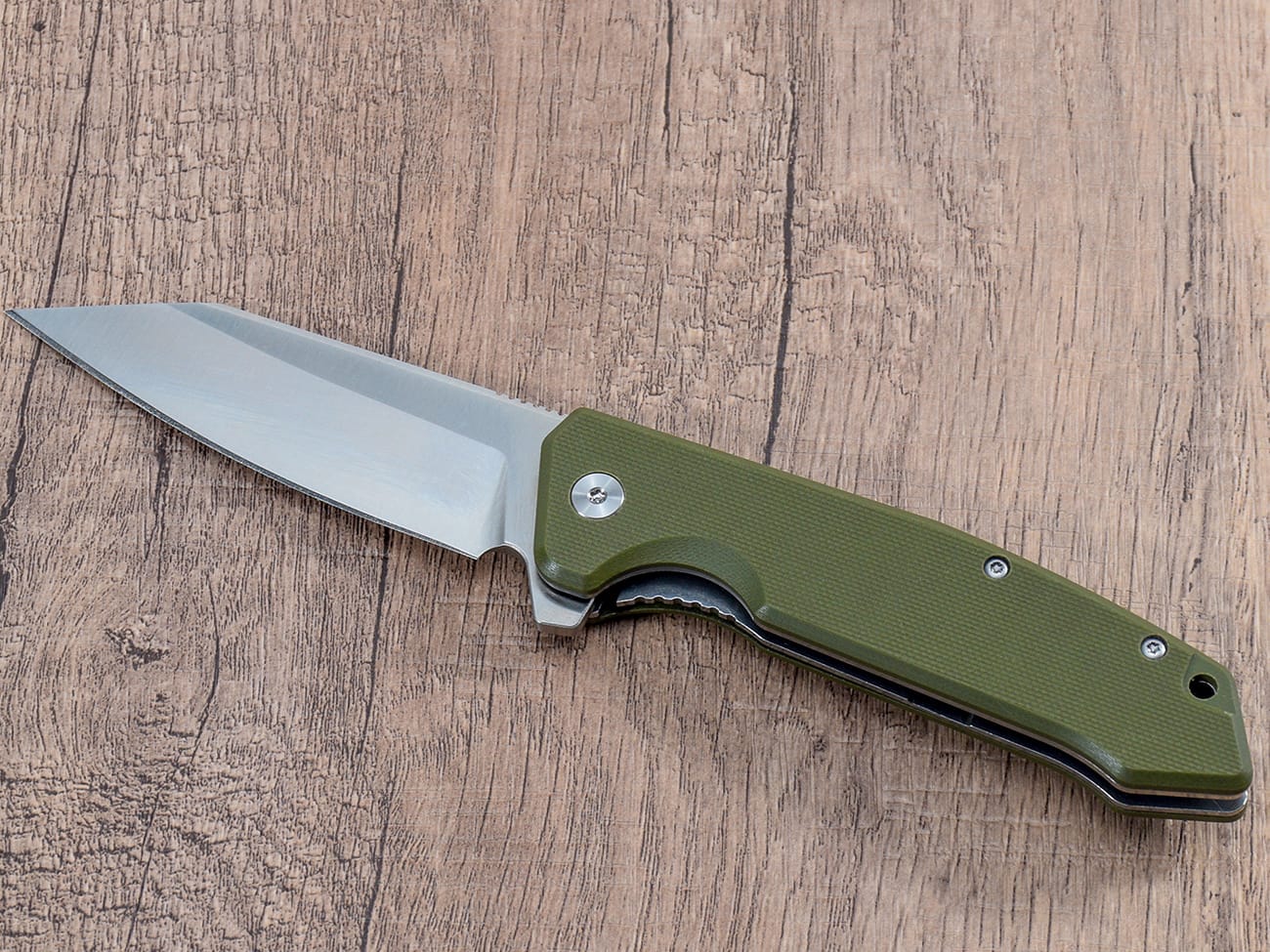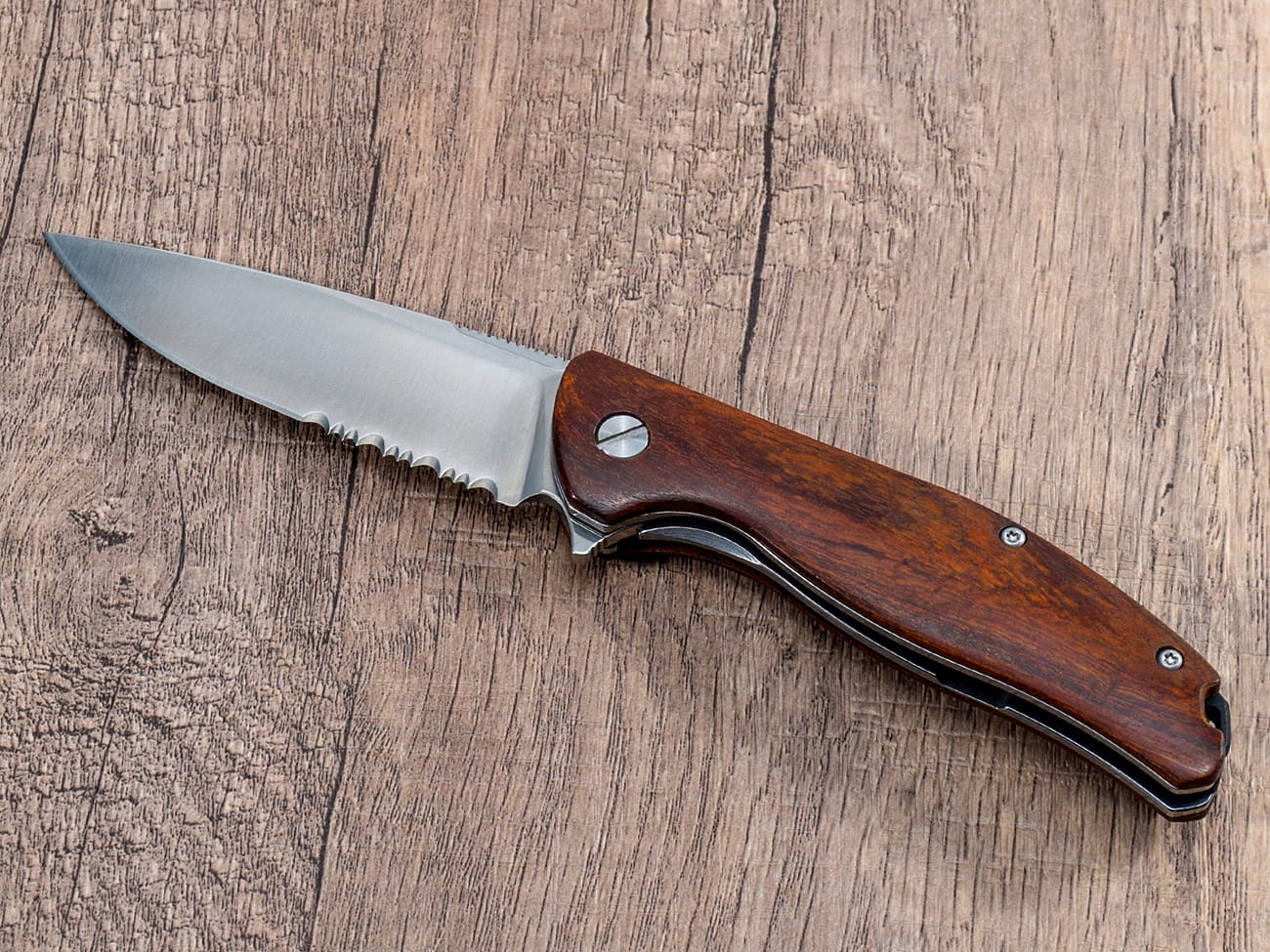Creating a custom wooden pocket knife handle is a rewarding woodworking project that combines craftsmanship with functionality. Whether you’re looking to restore an old knife or make a custom knife handle from scratch, this comprehensive guide will walk you through the process step by step, using common hand tools and basic woodworking techniques.
What Materials and Tools Do You Need for Making a Wooden Handle?
Before starting your knife handle project, gather these essential items:
- Tools:
- Drill press or hand drill
- Belt sander or sandpaper
- Coping saw or band saw
- Clamps
- Basic measuring tools
- Materials:
- Durable wood of your choice
- Epoxy adhesive
- Handle scales
- Finishing materials
How Do You Choose the Right Wood for Your Knife Handle?
Selecting the proper wood is crucial for making custom knife handles. Consider these factors:
- Hardness and durability
- Moisture resistance
- Wood grain pattern
- Aesthetic appeal
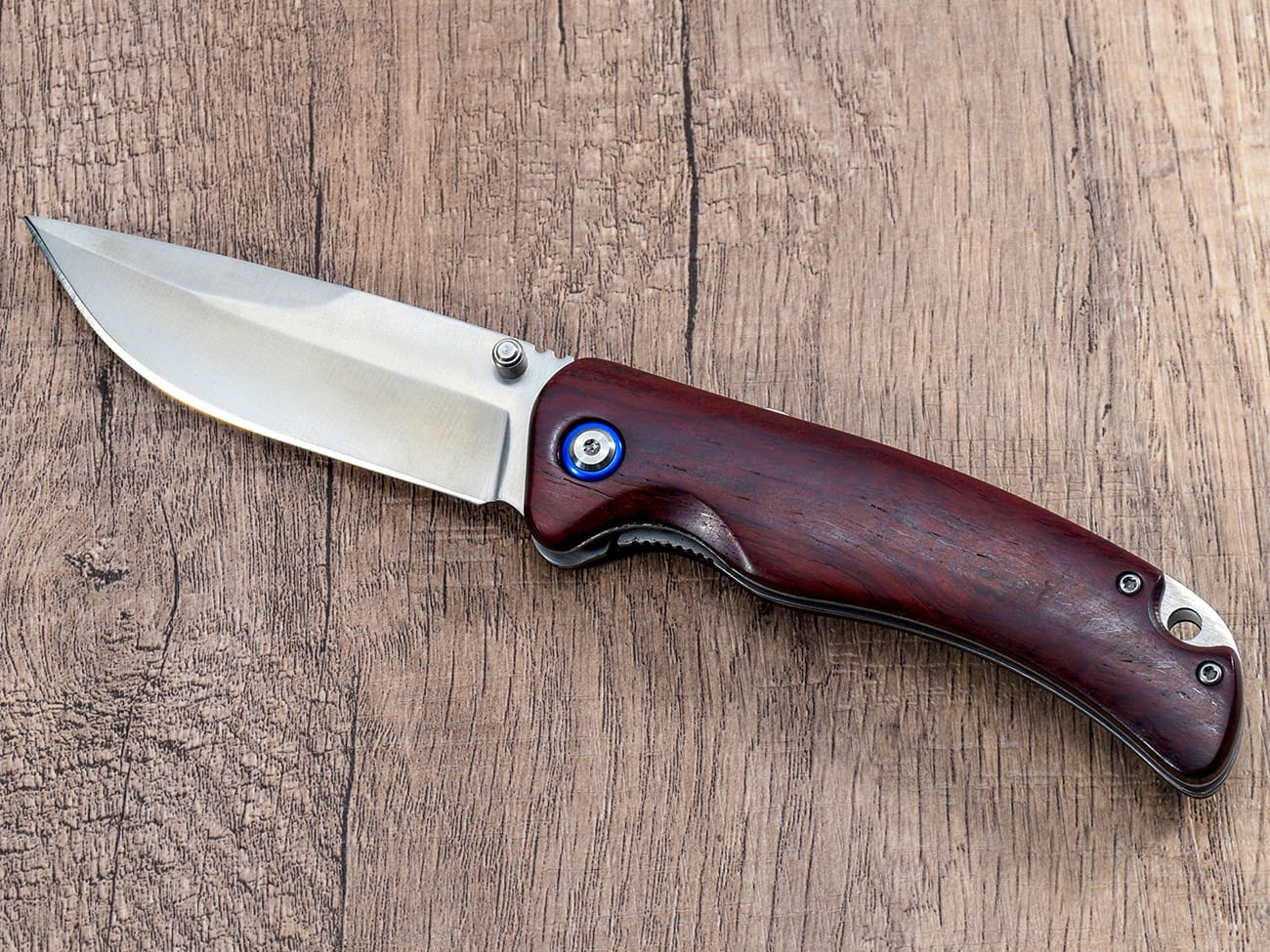
A beautifully crafted wooden handle pocket knife showing the natural grain pattern
What Are the Steps to Prepare the Wood for Handle Making?
The initial preparation is crucial for making a wooden pocket knife with hand tools:
- Cut your wood to rough dimensions
- Make sure you cut enough material for two scales
- Keep the wood flat as it gets shaped
- Sand the surfaces smooth
How Do You Shape the Handle Scales?
To shape the handle scales properly:
- Trace around the knife tang
- Make it long enough for comfortable grip
- Cut the basic shape using a coping saw
- Sand to final dimensions
What’s the Process for Drilling and Mounting?
Proper drilling technique is essential:
- Use a drill press for accuracy
- Make pilot holes for pins
- Test-fit everything before final assembly
- Ensure proper alignment
How Do You Attach the Wooden Scales to the Knife?
The attachment process requires precision:
- Clean all surfaces thoroughly
- Apply epoxy evenly
- Clamp carefully
- Allow proper curing time
What Are the Best Finishing Techniques?
For a professional finish:
- Start with coarse-grit sandpaper
- Progress to finer grits
- Apply appropriate wood finish
- Protect the handle properly
How Do You Ensure a Comfortable Grip?
Creating a comfortable handle requires:
- Proper contouring
- Smooth transitions
- Ergonomic shaping
- Testing the grip
What Common Mistakes Should You Avoid?
Watch out for these common errors:
- Rushing the process
- Skipping grits when sanding
- Poor epoxy application
- Inadequate clamping pressure
How Do You Maintain Your Wooden Handle?
Proper maintenance ensures longevity:
- Regular cleaning
- Periodic oiling
- Avoiding extreme conditions
- Prompt repairs when needed
Key Takeaways:
- Choose high-quality, durable wood for your handle
- Take time to properly prepare and shape the scales
- Use appropriate tools and techniques for assembly
- Pay attention to finishing details
- Maintain the handle properly for longevity
- Test fit everything before final assembly
- Consider the wood grain pattern for aesthetics
Remember, creating a wooden pocket knife handle requires patience and attention to detail, but the result is a unique, personalized tool that can last for years with proper care and maintenance.

